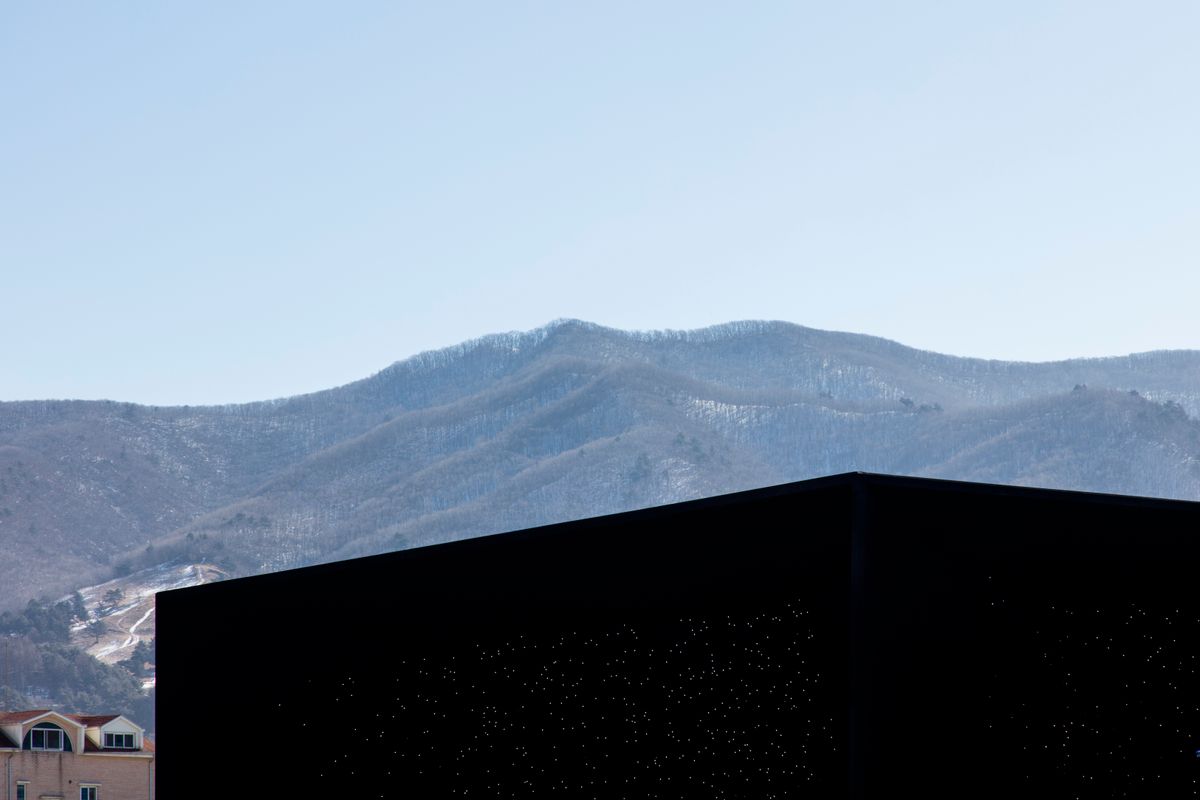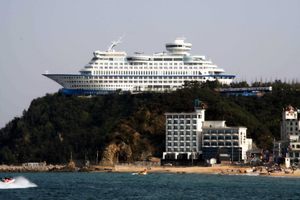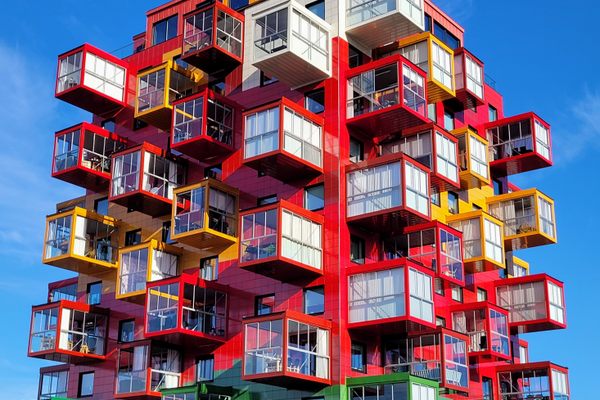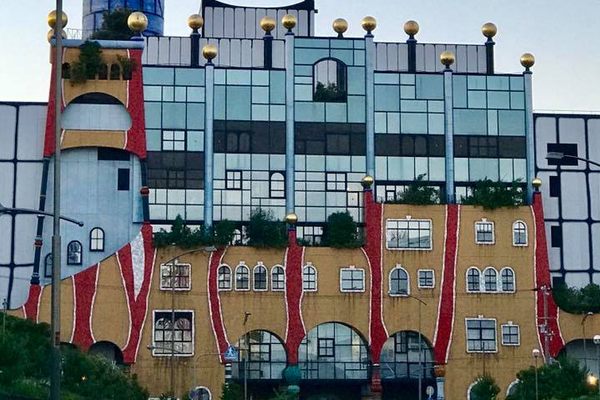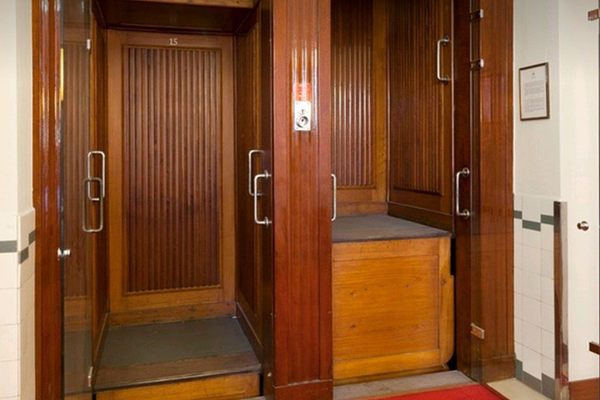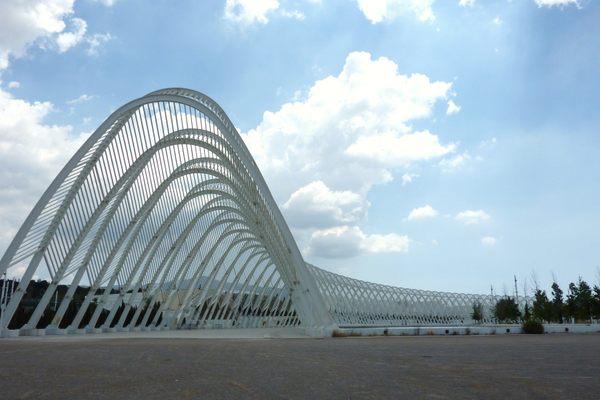About
The Hyundai Pavilion stands like a "schism in space," designed for the 2018 Pyeongchang Winter Olympics in South Korea. Covered in Vantablack, a material that absorbs 99.965% of light, it was like a black hole in the whiteness of the winter scenery.
The curved walls of the Hyundai Pavilion stand 33 feet high and 115 feet long. But they look completely flat despite the curvature, thanks to a covering of Vantablack VBx 2, a spray-paint version of the original Vantablack created by Surrey NanoSystems in the U.K.
Made using vertically aligned nanotube arrays (hence the acronym “Vanta”), Vantablack is one of the darkest artificial substances in the world. Ben Jensen, the co-founder of Surrey NanoSystems, explained the basics to CNN: "Carbon nanotubes are like very, very long blades of grass. Now you imagine if you were a human walking around in grass 1,000 feet tall how little light would get down to you. It's like that but on a very tiny scale."
Vantablack was originally developed for satellite-borne blackbody calibration systems, but its unique properties have attracted widespread interest from various fields, including the arts.
In February 2018, Asif Khan and his London-based architecture firm unveiled the Vantablack-coated Hyundai Pavilion in Pyeongchang. Studded with thousands of pinprick points of light, the otherwise blackest-of-black exterior is like a vision into the depths of outer space. The stars are on rods, all set at different depths, creating a three dimensional vision of space in which the “universe” seems to move as you walk past.
Inside, meanwhile, the pavilion is completely different. The interior is a stark, bright white throughout, with a water installation with drops of water running through channels carved into the floor. The droplets represent the hydrogen that formed at the beginning of the universe, the same as contained within the stars represented in the building’s exterior. On a more prosaic and commercial level, the whole thing is a reference to Hyundai’s latest venture into the world of fuel cell-powered vehicles.
Update: Though the pavilion was relocated to the Songwon Art Center, it is no longer there. However, the current exhibit there is fascinating even if it is trying to get you to know more about Hyundai and their solar cell. The area around Songwon is also worthy of a visit with various art galleries.
Related Tags
Published
February 26, 2018
Sources
- https://www.theguardian.com/science/2018/feb/08/the-darkest-building-on-earth-vantablack-black-hole-asif-khan-south-korea-winter-olympics
- https://www.sciencealert.com/vantablack-hyundai-pavilion-pyeongchang-winter-olympics-asif-khan
- https://www.dezeen.com/2018/02/07/asif-khan-coats-pavilion-super-dark-vantablack-vbx2-pyeongchang-winter-olympics-2018-worlds-darkest-material/
- https://edition.cnn.com/2017/11/15/world/vantablack-blackest-black-material/
- http://www.asif-khan.com/
- https://www.surreynanosystems.com/vantablack












